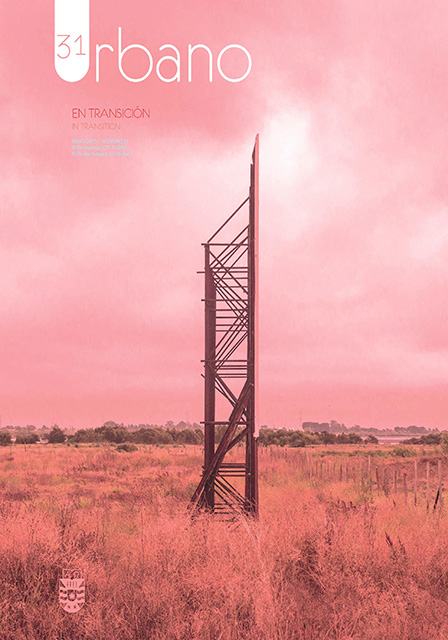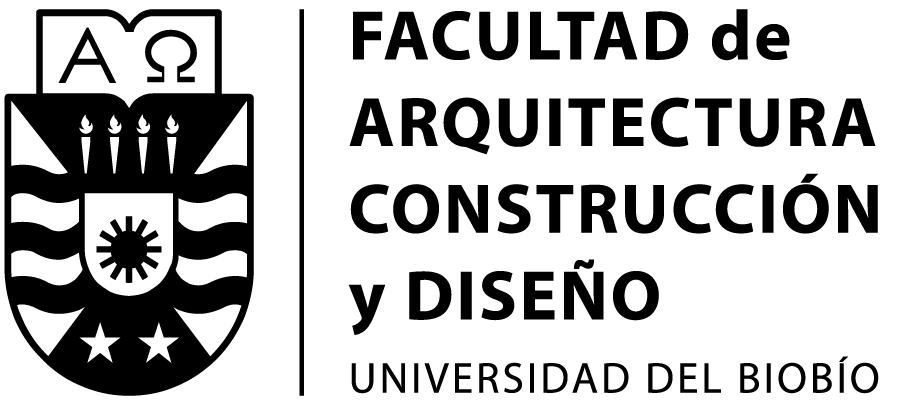De las instalaciones urbanas a las infraestructuras territoriales a través de sus métodos de representación
Palabras clave:
técnicas de representación, redes viales, infraestructuras de energía, instalaciones eléctricas, paisaje urbanoResumen
51 Teniendo en cuenta la importancia de la movilidad en las grandes ciudades actuales, el estudio de su representación mediante planos en dos dimensiones es un tema esencial para proyectar cualquier intervención dentro de ellas. La visibilidad de las figuras que se encuentran en movimiento o que no se aprecian a simple vista, se produce gráficamente mediante el signo de la flecha. Los modelos de referencia para estudiar la movilidad urbana aquí comienzan con el texto The image of the City (1960) de Kevin Lynch, y sus signos en las vías, bordes, distritos, nodos y marcas de Boston, New Jersey y Los Angeles, para culminar con Urban infrastructure (1962) de Team X, donde una fragmentación en texto-guía, texto-opinión, texto-ilustración y texto-ficha técnica sobre el Plan de Filadelfia (1953-57) de Louis I Kahn, muestra la flecha como material de construcción. Actualmente, estas flechas se aplican a las infraestructuras territoriales y, en concreto, a las energéticas para indicar la generación, el transporte y el consumo de los elementos invisibles que se propagan mediante cables, como es el caso de la electricidad, o través de ondas como sucede con la transmisión de datos. Ellas también marcan los radios de protección, de contaminación y de alcance de dichas intervenciones paisajísticas.
Descargas
Descargas
Publicado
Cómo citar
Número
Sección
Licencia
El contenido de los artículos y reseñas que se publican en cada número de Urbano, es responsabilidad exclusiva de los autores y no representan necesariamente el pensamiento ni comprometen la opinión de la Universidad del Bío-Bío.
Las/os autoras/es conservarán sus derechos de autor, sin embargo, garantizarán a la revista el derecho de primera publicación y difusión de su obra. La publicación del artículo en Urbano estará sujeta a la Licencia de Reconocimiento de Creative Commons CC BY-SA que permite a otros compartir-copiar, transformar o crear nuevo material a partir de esta obra para cualquier propósito, incluso comercialmente, siempre y cuando se reconozcan la autoría y la primera publicación en esta revista, y sus nuevas creaciones estén bajo una licencia con los mismos términos.![]()























